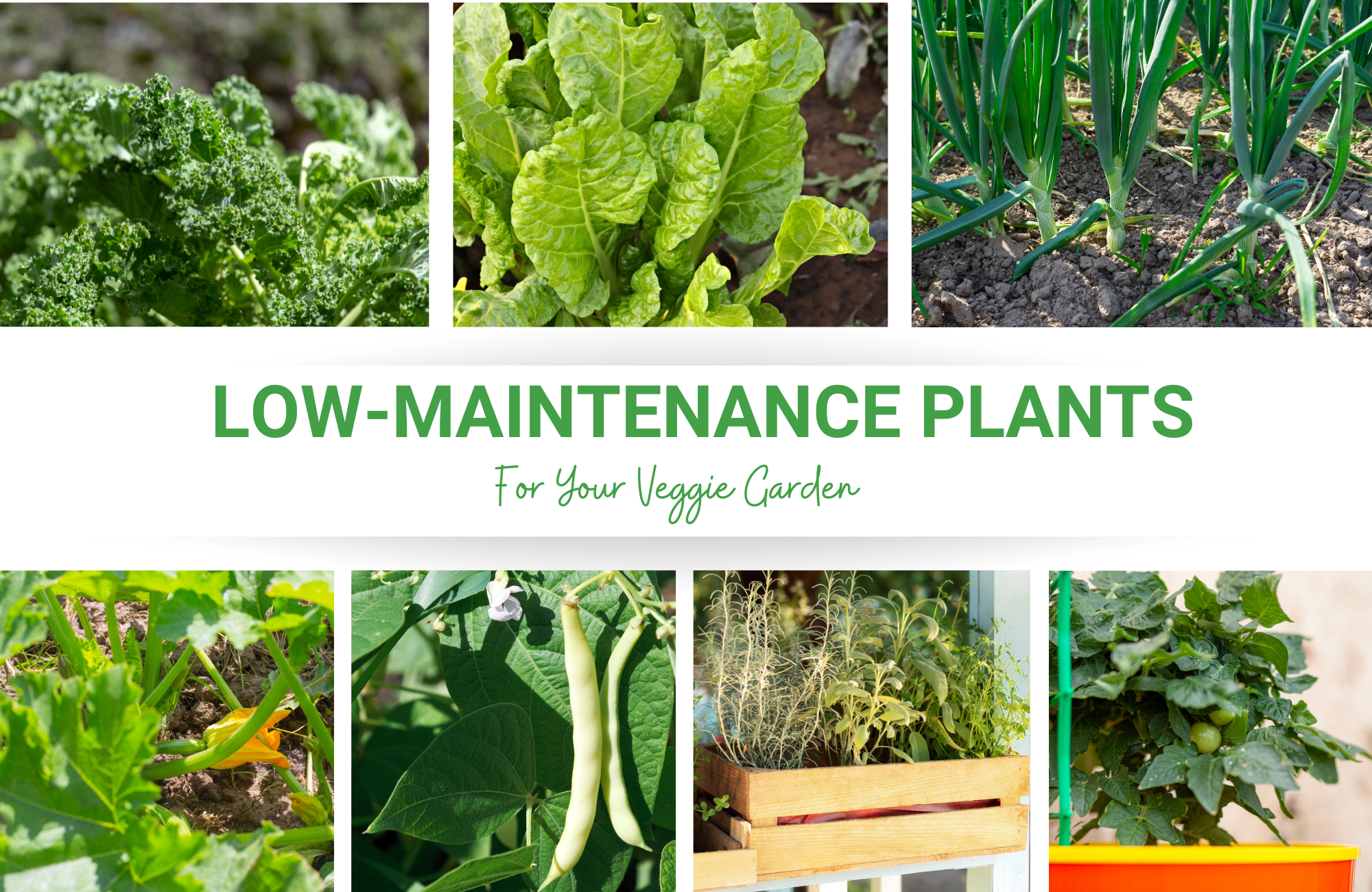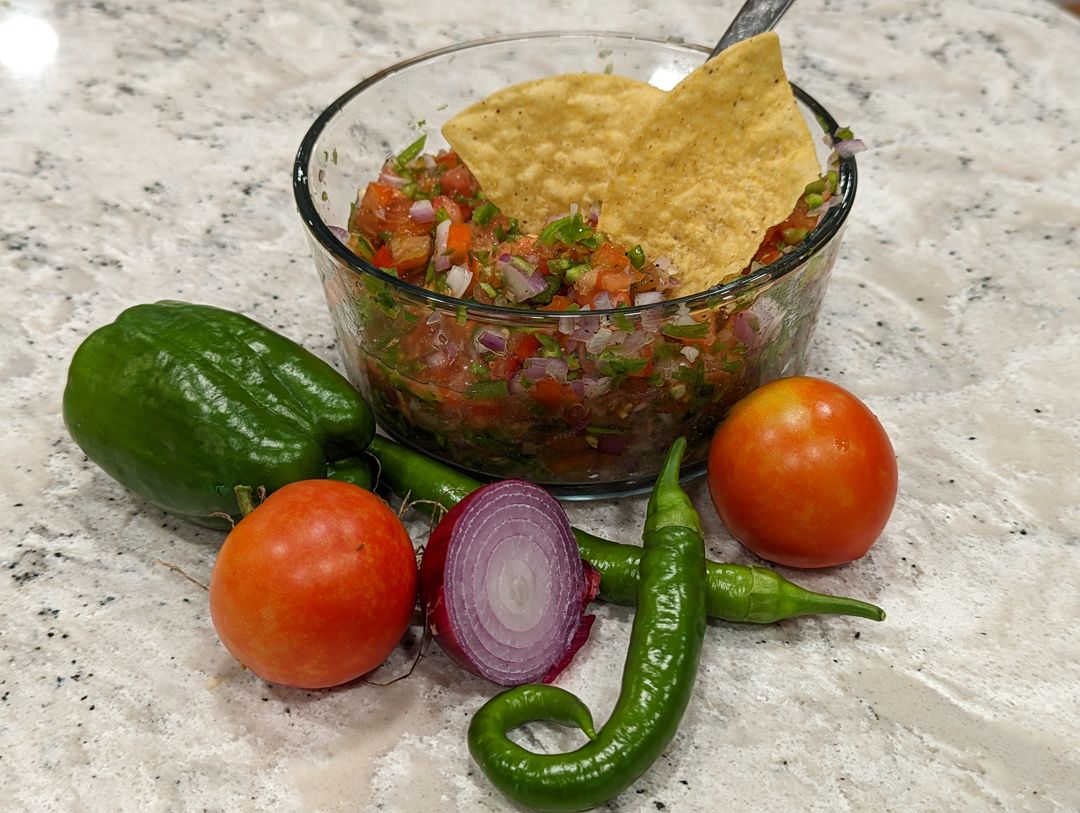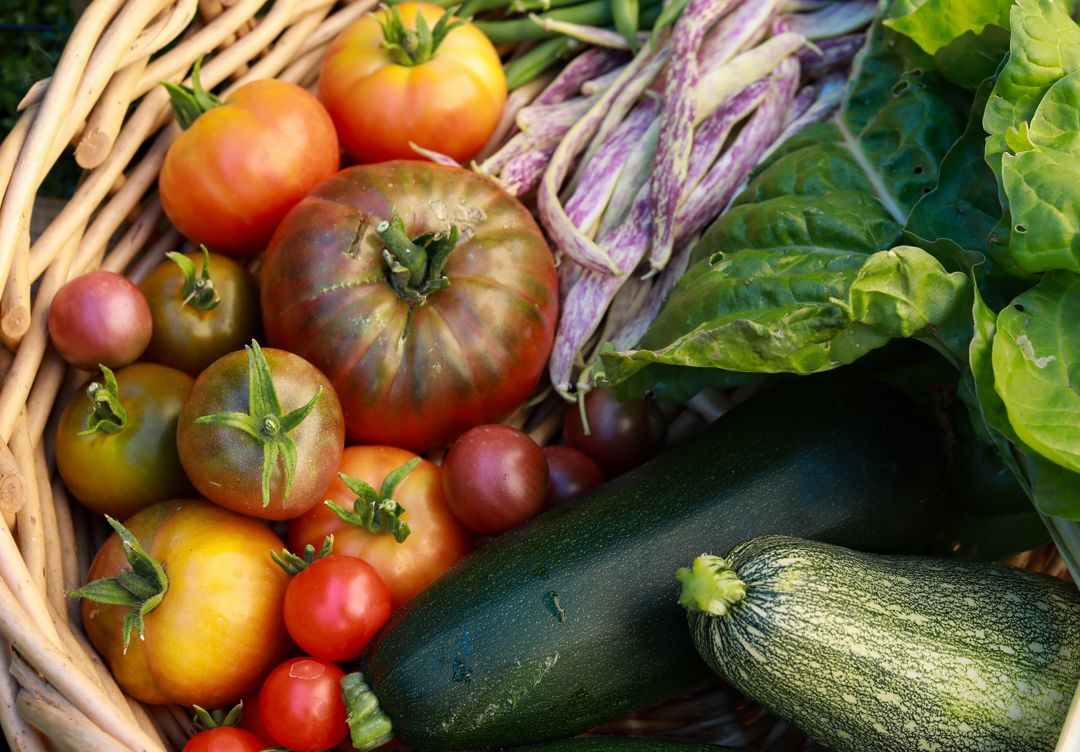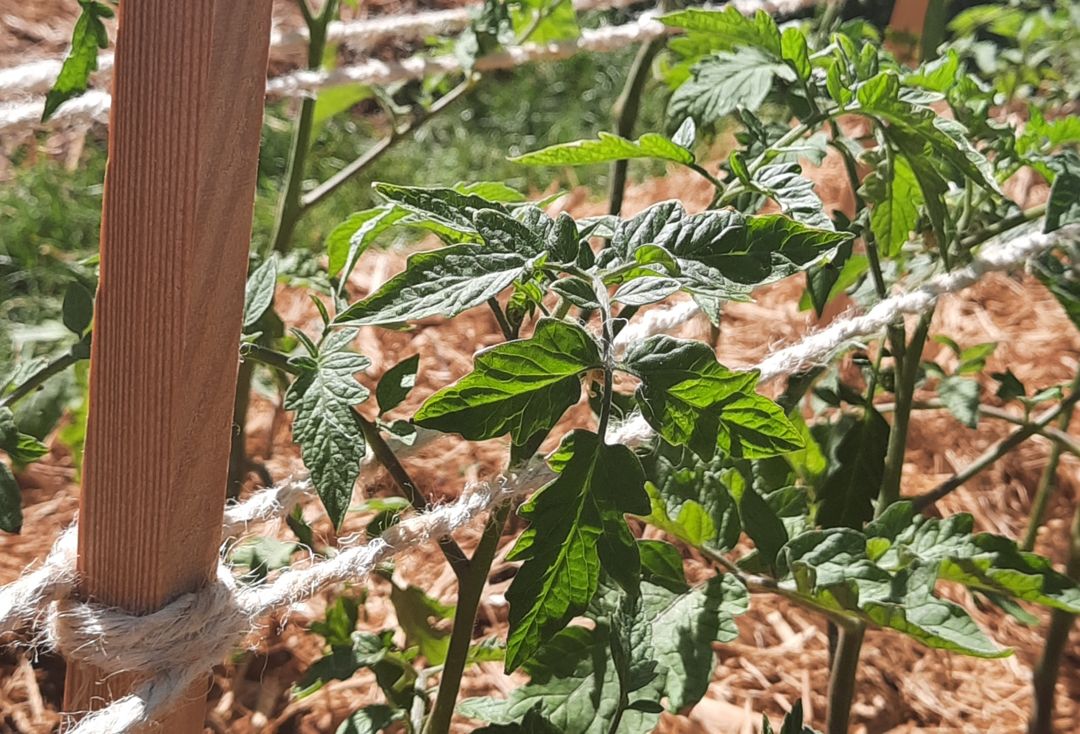
Low-Maintenance Plants For Your Veggie Garden
Growing a veggie garden is fun and rewarding, but there are some times when it can feel like work. From prepping beds to planting, watering, weeding and fertilizing- there’s always a chore to tackle. If you’re looking to minimize your gardening effort out but still get some awesome harvests- we’ve got you covered! Read on for our top picks for low-maintenance plants: Kale Kale is truly an incredible plant. Not only is it astoundingly cold-hardy, once established it can grow through almost anything you can throw at it....


